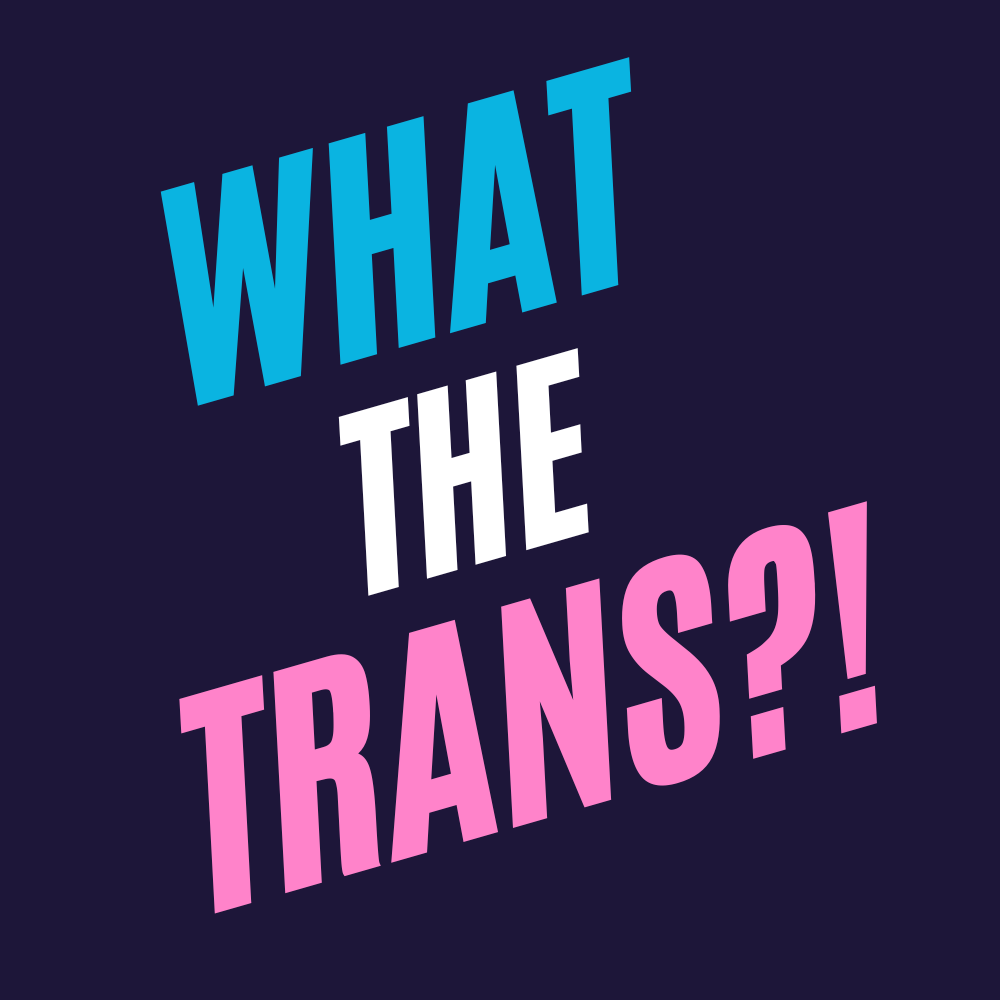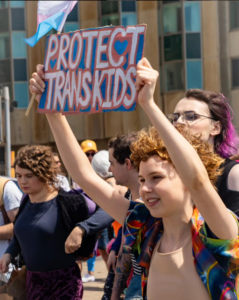I was raised on stories of raves, and feel at home in front of a rig. So I can get a bit sceptical when I see academic books about a subculture that feels hard to pin down into words the feeling of being a part of the community. Partly because your experience in itself will vary greatly depending on the music you like or where you are based.
As someone that’s seen both sides (whilst aware it’s only a drop in the bucket), a northern rave can be worlds apart from an event in the south even if there are some universal connections. It can change even between towns. Sometimes reading through a book or article on raving can feel like it’s written by an observer who, despite their best efforts, is a little bit out of touch with the emotional reality – The pull of a stack of speakers and constant kick drums out in the wilderness.
This book is, in short, great, and clearly comes from a place of reverence. Caught by the title’s pun, I picked it up as a research source but found myself sucked in. It sets about showing the complex history of rave, importantly by highlighting that the scene was born out of specific groups being criminalised and the responses to such ostracization eventually combined to what we would recognise today.
Be it blues dances with sound systems or queer bars being raided, you can’t read Party Lines without understanding that these struggles created the scene and once raving became more commercialised that ire from police and governing bodies was used to demonise other related areas, most notably pirate radio stations and drill music.
One other thing I was happy to see spoken about is the way that a lot of the genres made or more popular up north and with working class crowds (Makina, Baseline, Speedbass, Donk etc) tend to be looked down on a little by the commercial dance music industry. This was a fly-by critique but it really validated a feeling I’ve had whenever I travel south and struggle to hear the noises that I call home.
Another myth it sets about dismantling is the notion that the illegal party scene died and then came back, by showing how every couple of years a newspaper headline will say something akin to “return of the raver” whenever a free party gets big enough for them to hear about. In my experience the scene never stopped, the moral panic just died down enough at some points for it to not be worth any bother and it’s nice to see that reflected.
One weakness is that when discussing queerness in the scene during the golden age of rave, there is a focus on the Royal Vauxhall being raided and Lily Savage. A great tale, and the chapter does a good job of showcasing the connections between the transphobic and homophobic policies of the 80’s and 90’s over-policing of queer venues and the development of rave. It would have been great to see more focus on those who didn’t get to daytime tv but still were movers and shakers in the scene regardless.
Ultimately Party Lines is written well and has lots of research to back it up. My personal wish for more thorough queer and trans history in it does not change the fact that the book is clearly written with care and consideration to the people involved in the history. It’s still no substitute for a real rave but that’s because nothing really is.






